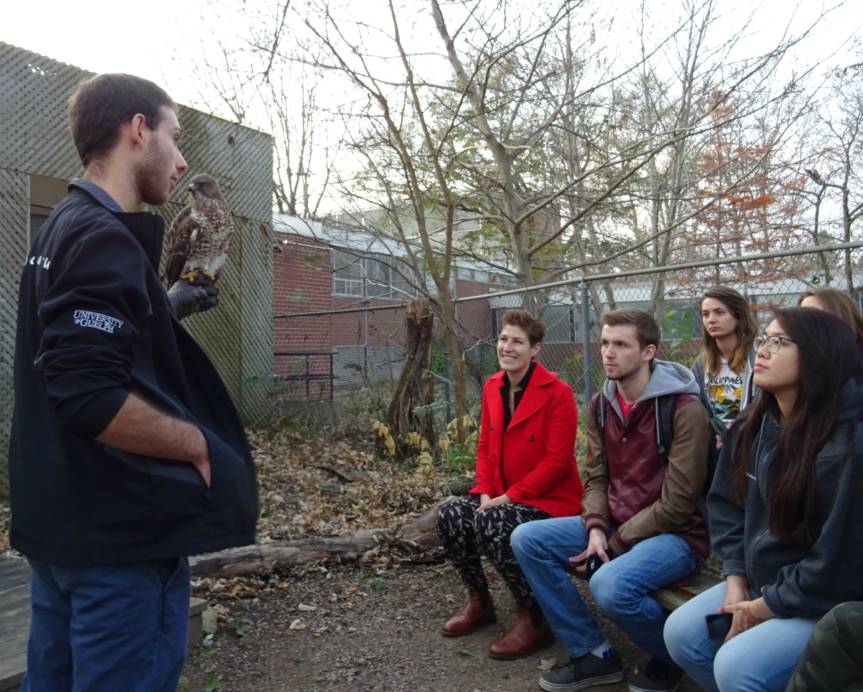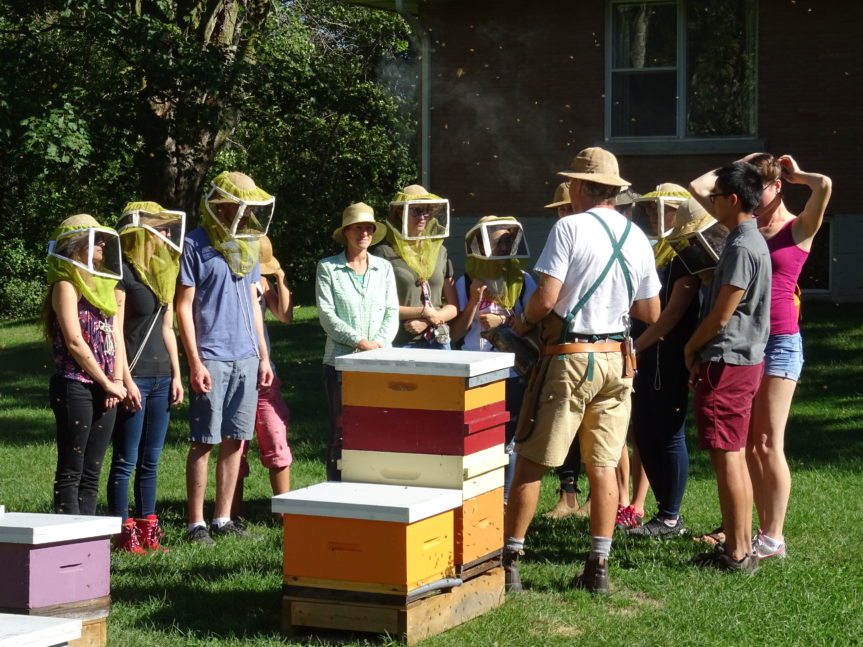On our last Outdoor School trip, we visited the Bovey Greenhouse again, but we had a short guided tour from the greenhouse manager, Rodger. We took a look at the other greenhouses that were used for research and for growing plants that would be used for teaching. Then, we went back to the main area that housed extra plants that are just there for aesthetics and Rodger explained some of the plants to the class.
The highlight of the trip was getting to visit the University of Guelph’s very own insect collection, the oldest collection in Canada. We were shown many different species of insects that have been saved in the collection for generations and we all squeezed into this room that was basically a vault of dried insect corpses. Some of the displays showed insects that were terrifying and insanely large. I even heard someone say, “if I saw one of these in my house, I think I’d have to move,” which I would do as well. However, some of them were very beautiful like the butterfly collection and the bee collection. It was interesting to observe how the populations have changed over the years based on the collection as Morgan, our insect collection tour guide, showed us how the collection of rusty-patched bumble bees declined as years passed.
To end the trip, we got a chance to touch the hissing cockroaches that were promised in the course outline of our Outdoor School seminar. They were just the research students’ pets, so they were in a small box in the office and we were told that they fed off of leftover sandwiches from the professor. Most people got a chance to hold the cockroaches and they were actually kind of cute, even though they sparked some screams and squeals in the group.































You must be logged in to post a comment.